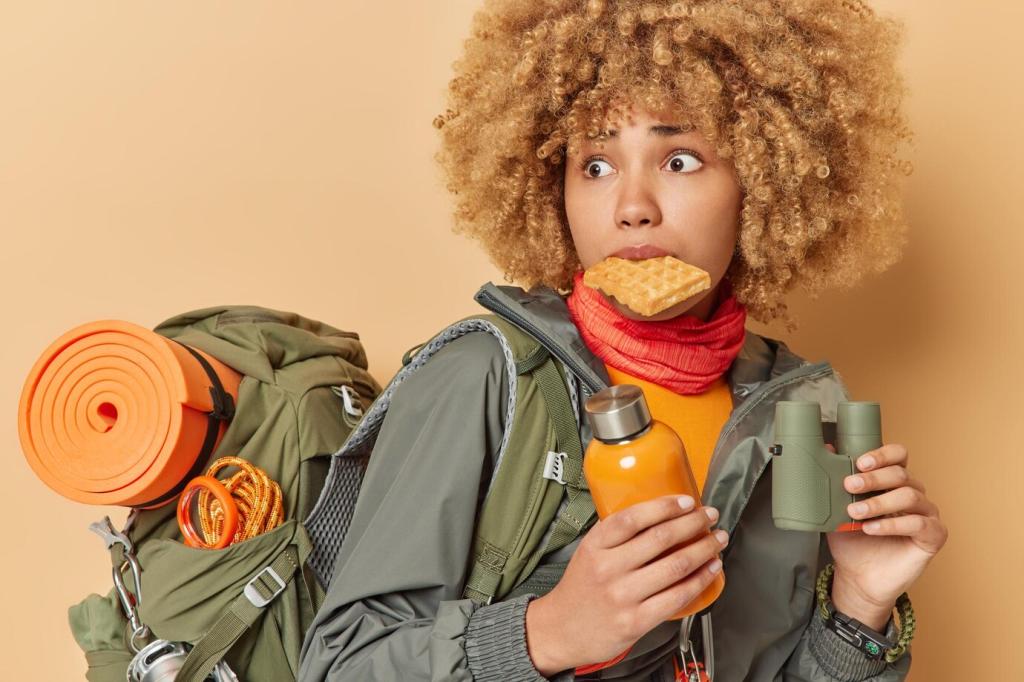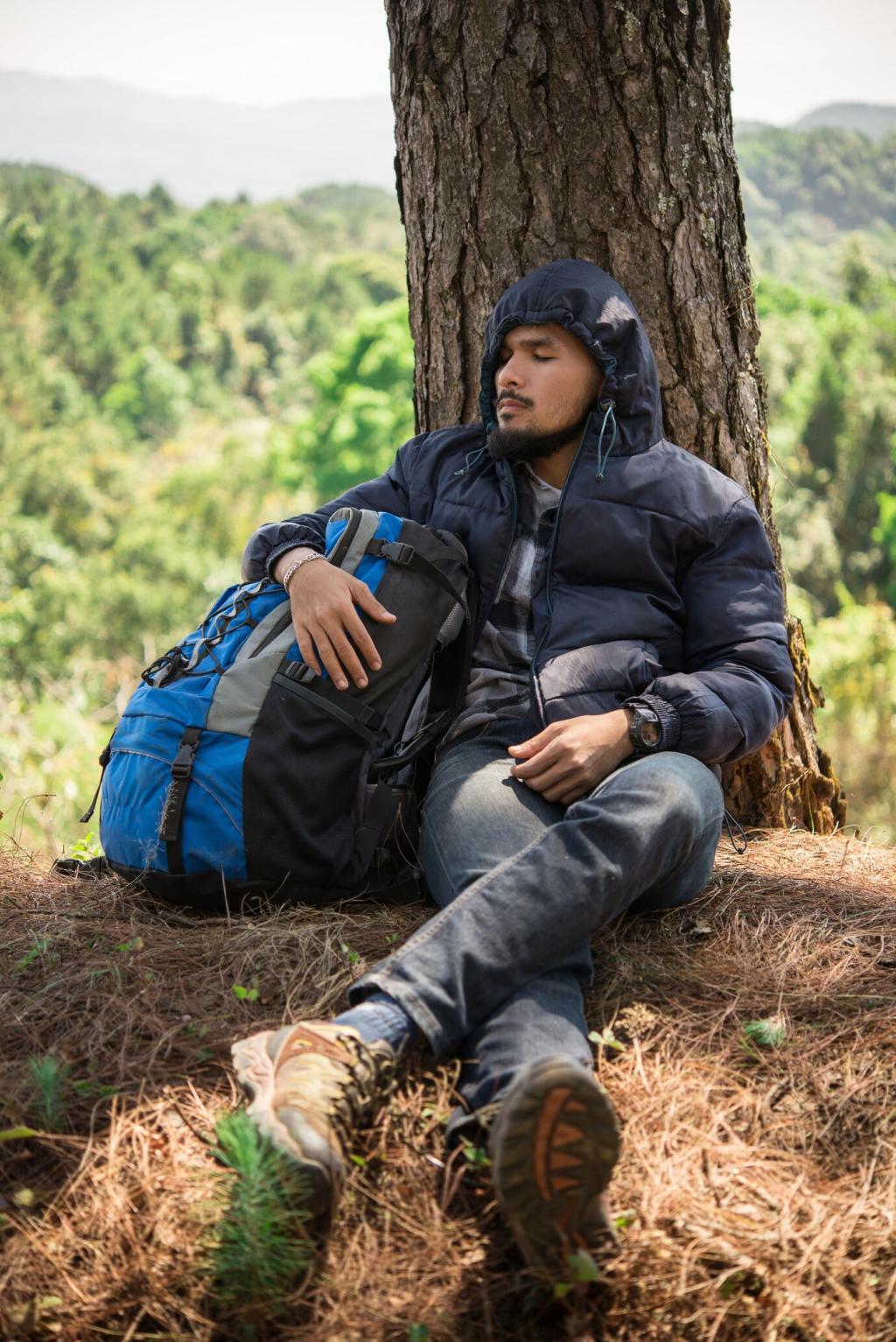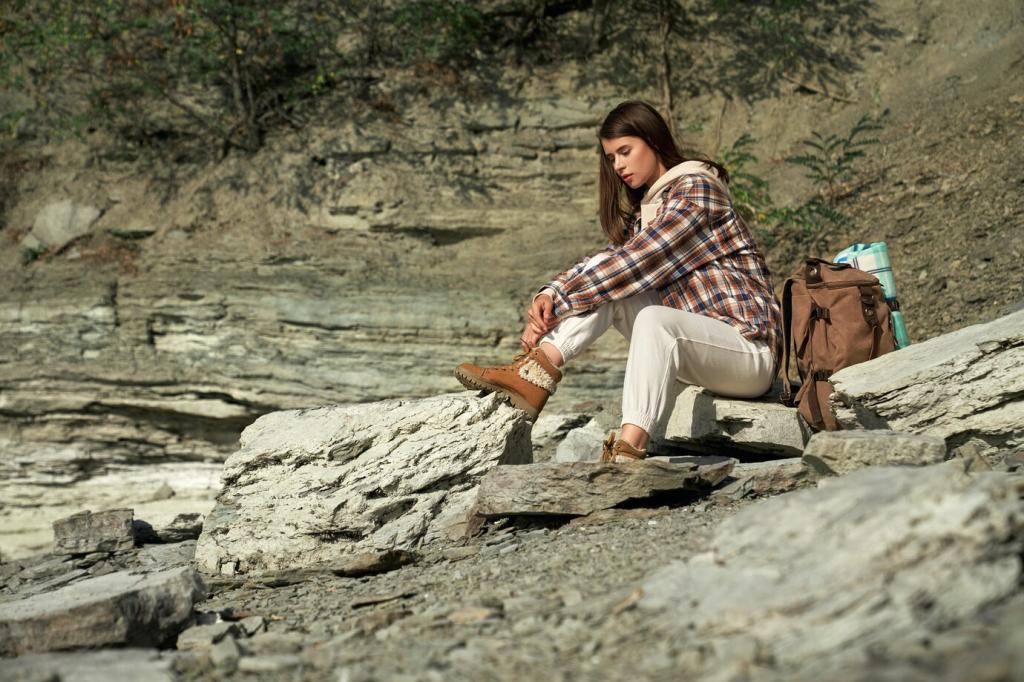
Packing List for Seasonal Mountain Hiking
Welcome to our chosen theme: Packing List for Seasonal Mountain Hiking. From thaw to snowfall, we help you build a resilient, season-smart kit that keeps you comfortable, safe, and ready for any mountain mood swing. Subscribe and share your must-pack item for each season to guide fellow hikers.
Why Seasons Change Your Packing Priorities
Spring trails hide freeze–thaw mud and surprise flurries; summer brings heat, sun, and electric storms; autumn adds early nights and cutting wind; winter demands insulation and traction. A seasonal packing list anticipates each pattern: from lightweight sun layers and storm shells to microspikes, warm gloves, and emergency shelter. Bookmark your seasonal checklists and adapt before the forecast shifts.
On a blustery October ridge, I learned the hard way that shoulder seasons steal daylight. I’d packed extra snacks, but forgot spare headlamp batteries and rationed phone power for a dim beam. Since then, my fall packing list highlights redundant lighting. What near-miss changed your list? Share your lesson to help others avoid it.
Rushed packing breeds expensive mistakes. Turn your seasonal packing list into a ritual: lay everything out, check off categories, and review weather and turnaround times. I keep a laminated, season-specific card at the door. Want our printable cards and monthly updates? Subscribe, then comment with one item you refuse to leave behind this season.
Layering Systems that Flex with Weather
Spring and Autumn: Agile, Wind-Smart Stacks
Shoulder seasons demand agility. I start with a wicking merino base, add a light grid fleece, and top with a breathable softshell that blocks gusts without trapping sweat. Thin liner gloves, a wind beanie, and a compact rain shell live in the lid. This packing list trims bulk yet handles squalls and ridge gusts gracefully.
Summer: Ultralight, With Storm Insurance
Hot days tempt minimal clothing, but mountain weather flips fast. Pack a sun hoodie, running-cap brim, and a featherweight rain shell. A compact synthetic puffy earns its place for summit lunches and surprise storms. Your seasonal packing list should include sunscreen sticks, sun gloves, and bug protection. What’s your favorite sun-safe layer combo?
Winter: Build a Mobile Fortress
Winter layers are a system, not single pieces. A high-warmth base, thick fleece or active-insulation mid, and a durable hardshell create protection that breathes on climbs and seals tight in spindrift. Add insulated gloves, a balaclava, and oversized puffy for stops. Note it boldly on your packing list: spare gloves save days.
Footwear, Traction, and Dry Feet
Shoulder Seasons: Mud, Slush, and Gaiters
Freeze–thaw cycles turn trails into surprise bogs. Waterproof boots, ankle-length gaiters, and quick-drying socks prevent soaked feet and blisters. Pack a small brush for caked mud, and microspikes for shaded ice. Your seasonal packing list should also flag a spare pair of socks in a dry bag. Nothing boosts morale like warm, dry toes.
Summer: Grip, Heat, and Blister Prevention
Trail runners breathe well, but demand careful sock pairing. Pack thin, wicking socks, a small blister kit with leukotape, and foot powder for long, hot days. Mesh shoes dry fast after creek crossings. Add lightweight gaiters for scree and dust. Share your go-to blister fix in the comments to help others stay moving.
Winter: Spikes, Crampons, or Snowshoes?
Not all ice is equal. Microspikes bite packed trails; ten- or twelve-point crampons match steep, firm slopes; snowshoes float over drifts. Note heel lifts for long climbs and cold-proof straps. Your packing list should pair traction with avalanche awareness, map checks, and conservative plans. Redundancy keeps you dancing, not sliding, through winter terrain.
Navigation, Light, and Communication Redundancy
Electronics fail, batteries die, and whiteouts erase trails. Always pack a paper map, a baseplate compass, and a phone or GPS with downloaded offline maps. Mark escape routes and water sources that change seasonally. Your seasonal packing list should remind you to practice bearing work before big trips. Skill weighs nothing and pays dividends.
Navigation, Light, and Communication Redundancy
Summer alpine starts need long-lasting brightness; winter afternoons get dark early. Pack a reliable headlamp, spare lithium batteries that tolerate cold, and a small backup light. Tape a red filter for night vision. Add reflector tape inside your pack. Update your packing list with sunset times so your light plan matches reality.
Navigation, Light, and Communication Redundancy
Leave a detailed itinerary, schedule check-in windows, and carry a whistle plus satellite messenger or PLB where coverage fails. Seasonal storms can delay rescues, so redundancy matters. Put emergency contact cards in an accessible pocket. Invite partners to review your packing list together. What’s your communication protocol? Share it to strengthen our collective safety.
Hydration: Keep Water Flowing Year-Round
In winter, insulate bottles upside down so lids don’t freeze, and carry a wide-mouth bottle for melting snow. In summer, pair a filter with electrolyte tabs to replace salts lost in sweat. Your packing list should flag shoulder-season flow variability and backup purification. What hydration trick saved your day? Tell us below.
Calorie Density and Seasonal Cravings
Cold punishes under-fueling. Pack high-fat, easy-to-chew snacks that won’t freeze solid; think nut butters, soft bars, and cheese. Hot months favor juicy fruit leathers, salted nuts, and slow-release carbs. Use a thermos for morale-boosting sips. List foods you actually crave in each season. Consistency beats novelty when the summit feels far.
Stoves: Canisters, Liquid Fuel, or No-Cook
Choose tools by temperature and trip length. Upright canisters struggle below freezing; remote canisters and liquid fuel fare better. A reflective base and pot cozy increase efficiency. Shoulder seasons reward hot lunches. Summer dayhikes often go no-cook. Add matches and a windscreen to your packing list. Share your favorite trail recipe with us.


Seasonal First Aid Tweaks That Matter
Customize the kit: antihistamines for spring blooms, extra blister care for summer miles, chemical warmers and frostbite supplies for winter. Include a compact SAM splint and triangular bandage. Your seasonal packing list should track expiration dates and replace used items quickly. What did your last kit lack? Help others learn from it.

Shelter Options for Sudden Weather
An emergency bivy beats a flimsy blanket in wind. Two-person bothy bags shine for group warmth. In shoulder seasons, a minimal tarp with cordage creates instant refuge. Winter demands stout anchors and knowledge. Add reflective tape to stakes and pack. Tell us which emergency shelter earned permanent status on your packing list.

Margins: Turnaround Times and Decision Points
Packing lists are promises to your future self. Write turnaround times, storm thresholds, and avalanche go/no-go criteria right on your plan. Carry extra calories and one more insulation layer than you think. Then commit to using them. Share your personal margin rules so our community grows safer and wiser together.
Packs, Volume, and Weight Balance Across Seasons
01
Volume: Right-Sizing for Each Season
Summer daypacks carry less, but still need storm space. Shoulder seasons add layers and traction, demanding a bump in liters. Winter insulation, thermos, and emergency shelter justify even larger capacity. Your seasonal packing list should include target volumes for typical routes. What’s your sweet spot for pack size on cold snaps?
02
Organization: Access Beats Overstuffing
Designate pockets for navigation, lighting, and gloves so changes happen fast with cold fingers. Keep a small repair kit and tape on the shoulder strap or lid. Use color-coded dry bags per season. List the pocket map in your packing list to build muscle memory. How do you arrange quick-access essentials?
03
Comfort: Fit, Balance, and Stability
Heavier winter loads amplify poor fit. Dial torso length, hipbelt angle, and strap routing. Balance weight near your back, with traction gear high and accessible. Test sprints and stair steps before the trail. Note these checks on your packing list. Share your favorite pack-fit tweak to help others hike happier.
